Returning from the Tiangong Space Station, China's Shenzhou-15 manned spacecraft also brought many new experimental samples to serve scientific research.
According to China's Science and Technology Daily, the samples were delivered to scientists from the space application system for research and survey.
The space application system, together with the newly returned Shenzhou-15 spacecraft, brought back to Earth experimental samples of a total of 15 scientific projects.
Specimens with a total mass of more than 20kg will be used in life experiments and material experiments.
Specifically, scientists will conduct molecular biology, cell biology, in-orbit growth, and metabolic analyses on samples in the life experiment.
Meanwhile, material samples will be tested and analyzed in the laboratory to study the physical properties and chemical changes of matter that are difficult to know in the terrestrial gravity environment.
The Shenzhou-15 spacecraft carrying three astronauts returned to Earth on the morning of June 4 after 187 days in orbit.
Shenzhou-15 is China's 10th space mission and its fourth manned mission since the country began building its space station.
The success of this mission marks China's completion of all 12 launch missions in the construction and key technology verification phase of the space station.
Replacing the Shenzhou-15 crew taking over the work on the Tiangong space station is the Shenzhou-16 crew, which was launched into orbit on May 30.
The two crews had about four days to hand over their work before Shenzhou-15 returned to Earth.
Notably, this is the first time China has sent a civilian astronaut to Tiangong, that is Mr. Gui Haichao (36 years old), a professor at Beijing University of Aeronautics and Astronautics. Mr. Gui Haichao is responsible for conducting large-scale experiments in orbit.
According to CMSA, it will take about 6 months for the returned astronauts to regain normal physical condition and nearly 2 years after that, they can carry out another space mission.
China has made the most of space missions related to its Tiangong Space Station project to conduct space breeding experiments.
The Shenzhou-14 and Shenzhou-15 spacecrafts have carried more than 1,300 plant seeds and microbial strains from 112 partners, including Chinese universities, research institutes and breeding stations, into space to conduct breeding experiments on the space station.
Among the seeds tested were staples such as rice, wheat and potatoes, common fruits and vegetables, forage grasses and herbs used in traditional Chinese medicine. In addition, a variety of health-promoting bacteria were also included in the testing list.
Space breeding means exposing seeds and strains of microorganisms to cosmic radiation and microgravity during a space mission in order to genetically modify them.
From July 29 to November 25, 2022, Chinese scientists also completed a 120-day growth experiment on rice plants on the space station. This is the first time such an experiment has been carried out in the world.
According to VNA/Vietnam+
Source link


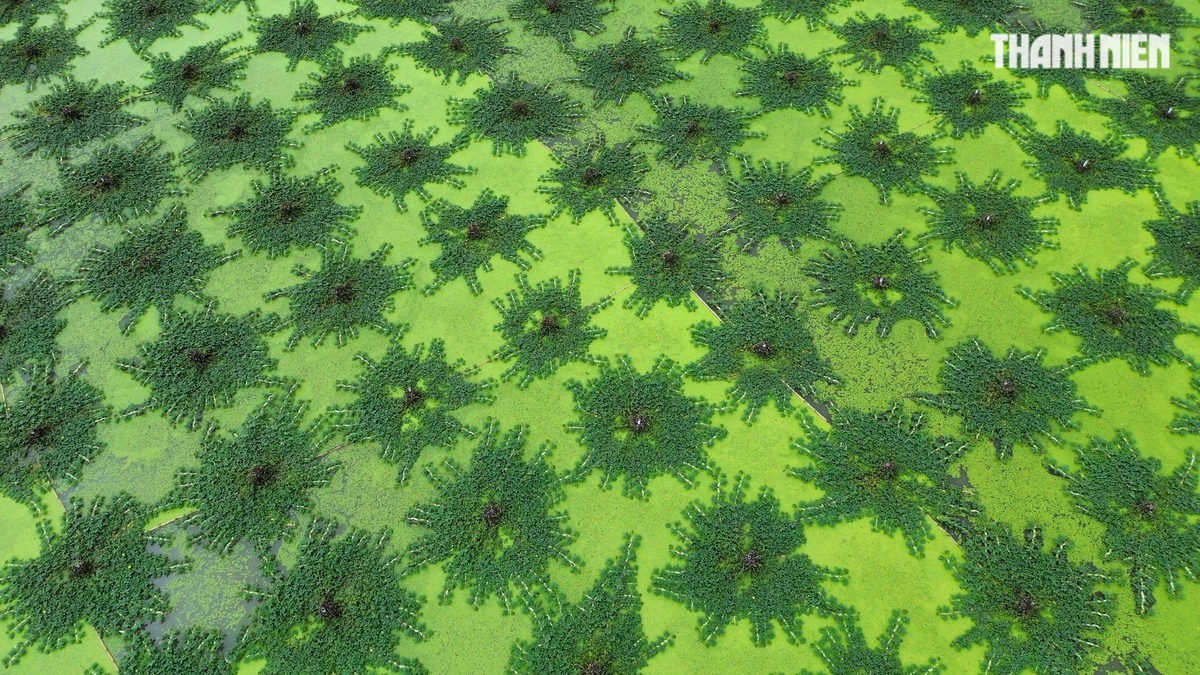
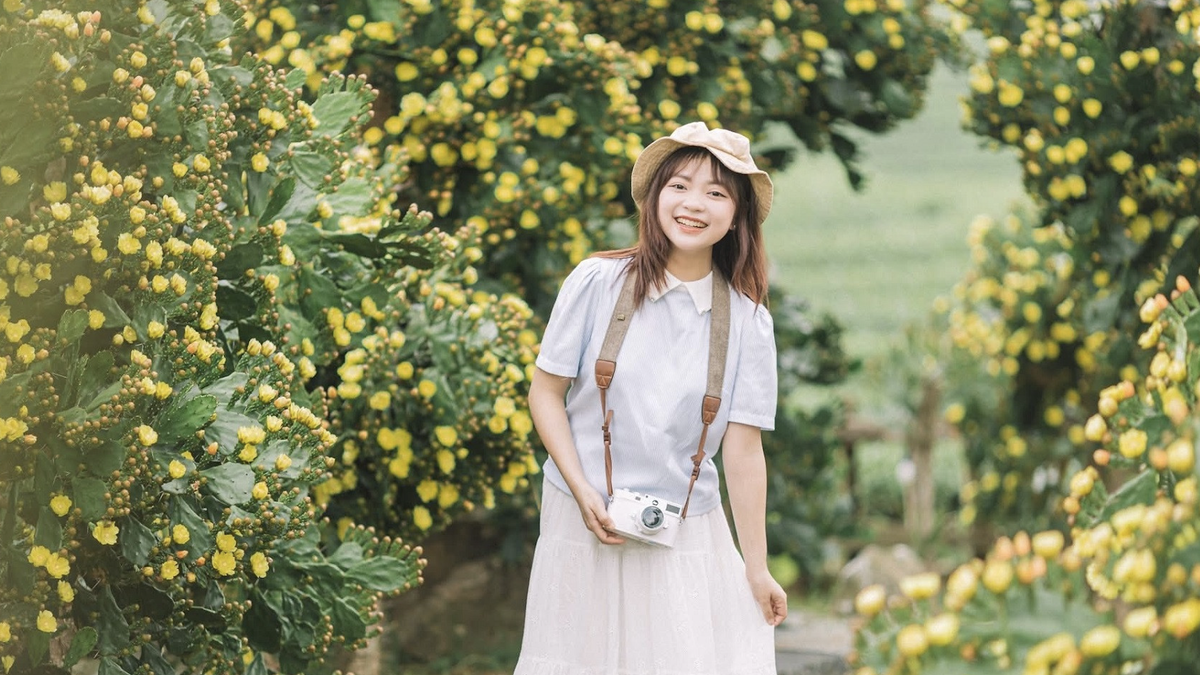

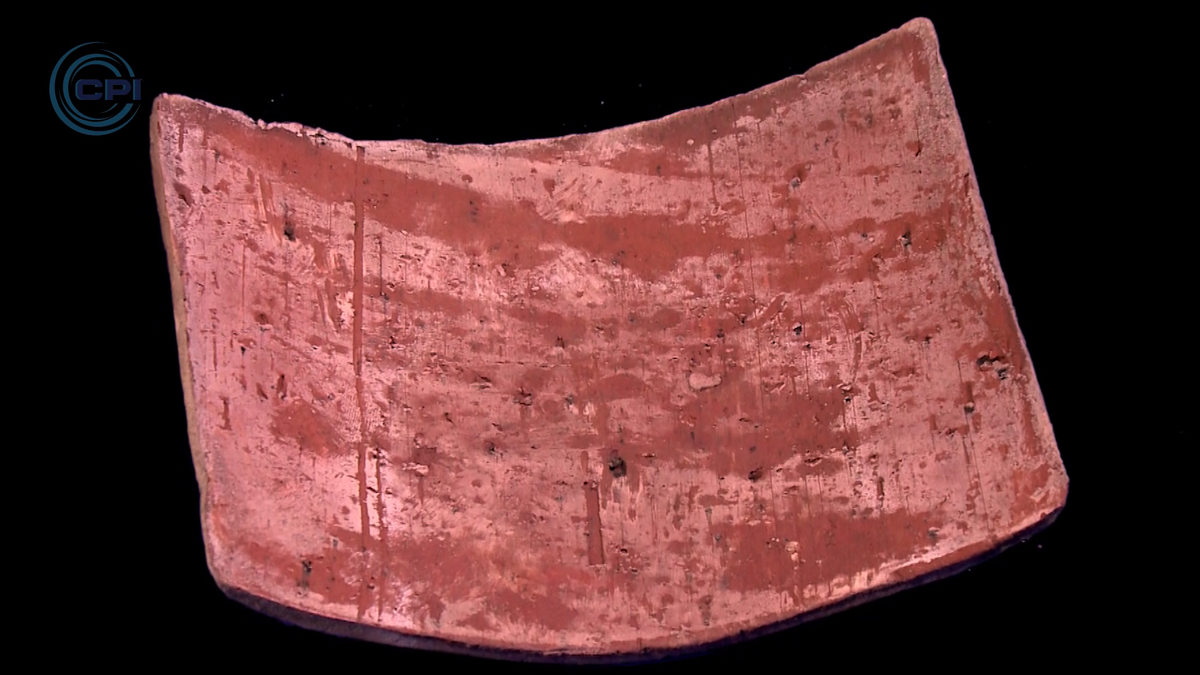

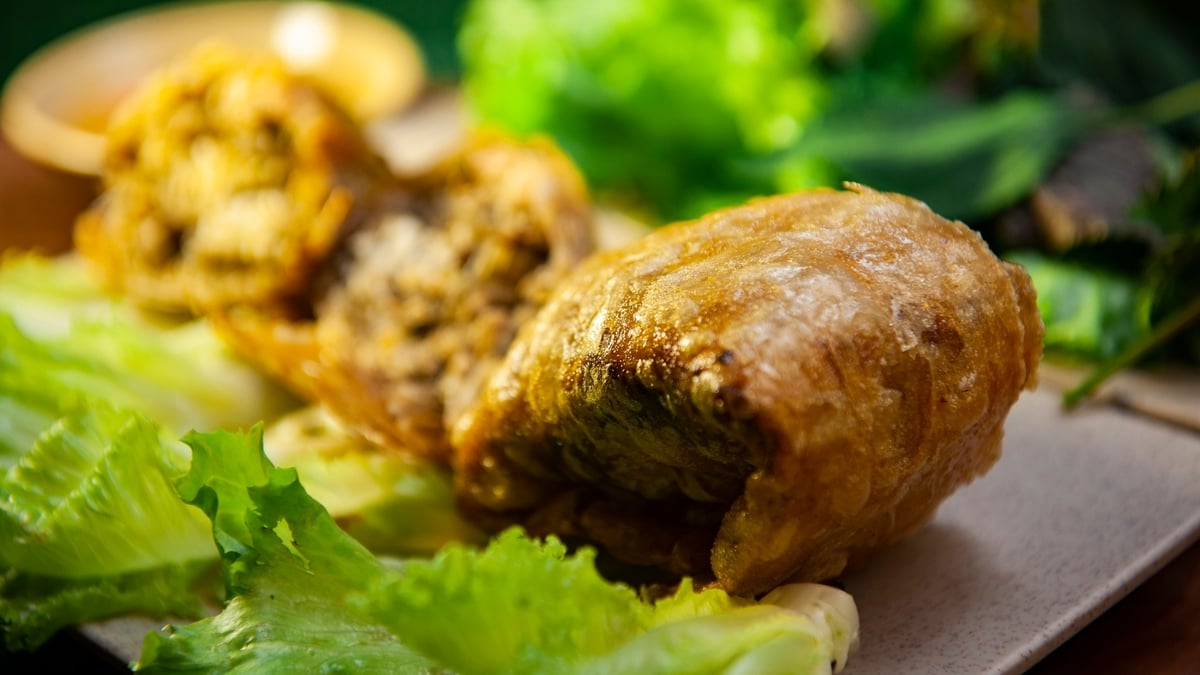
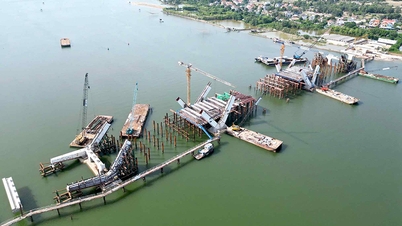

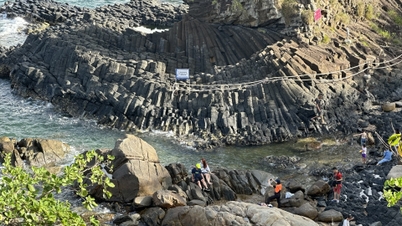
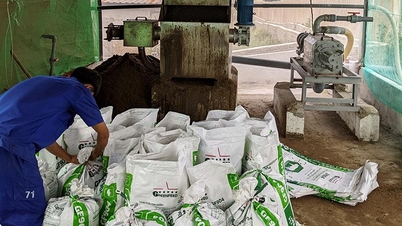



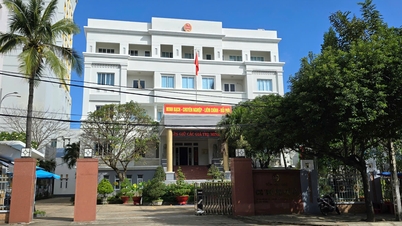
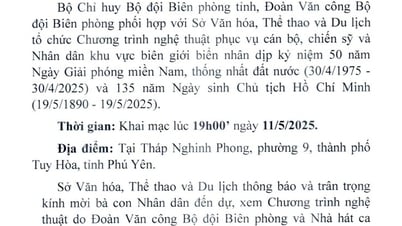
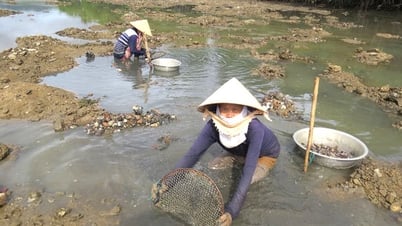
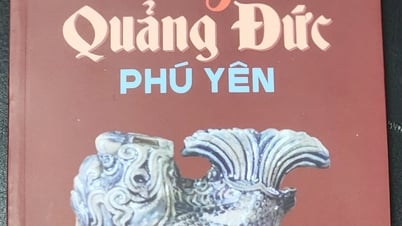
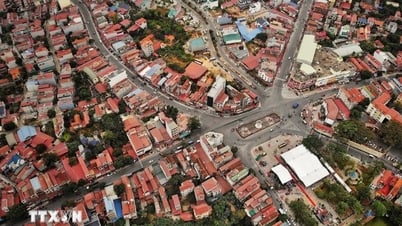
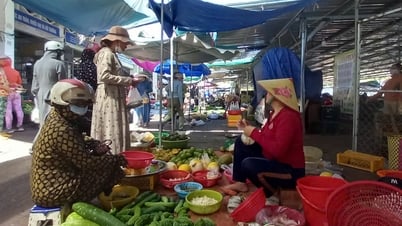






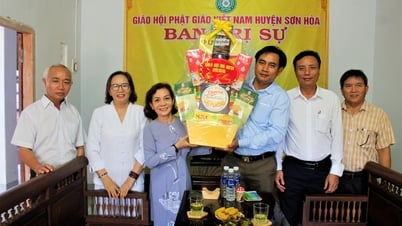
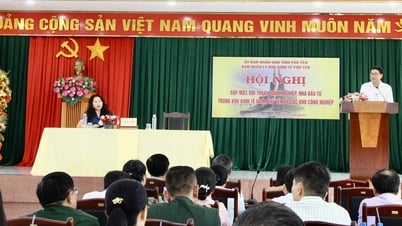
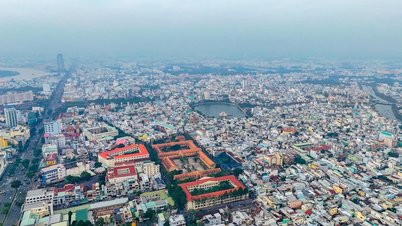











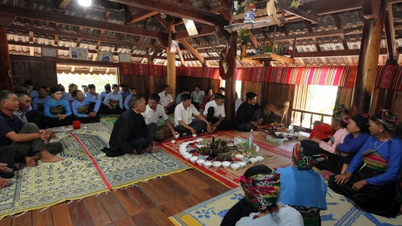

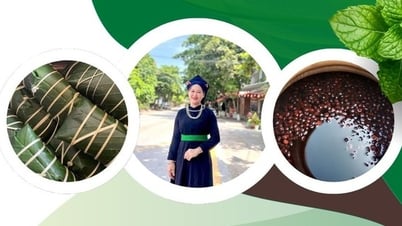



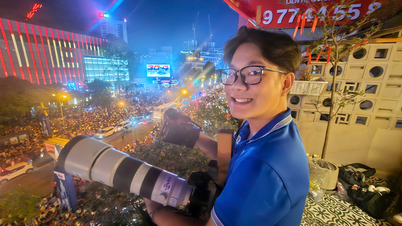

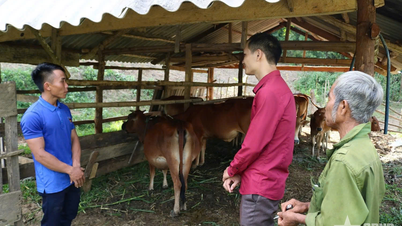



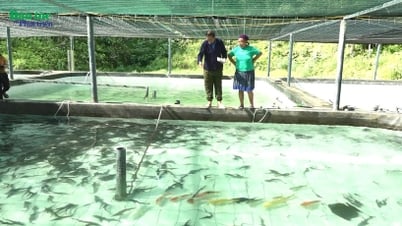









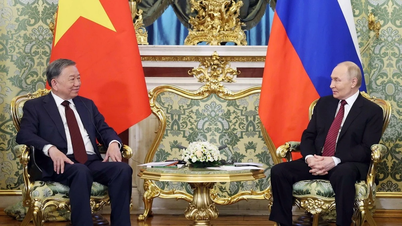

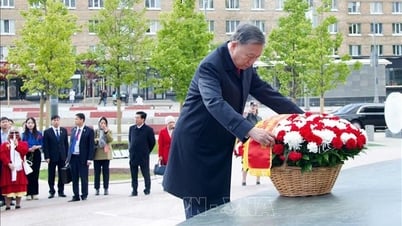
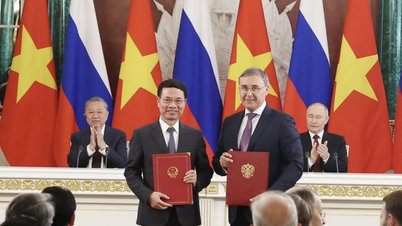

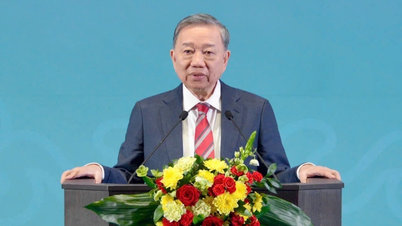
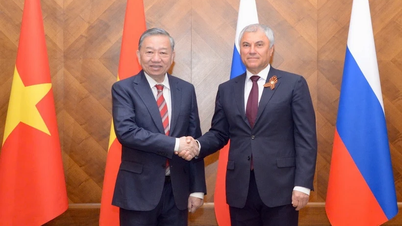












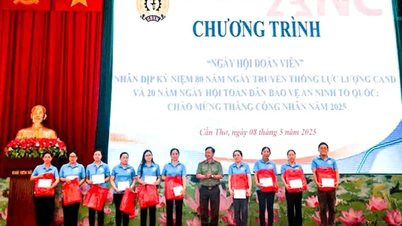

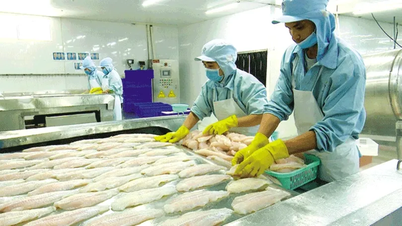
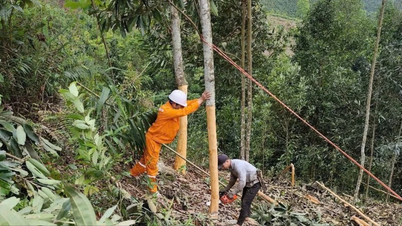












Comment (0)